15 years one-stop China custom CNC machining parts factory

Hey there I’m VMT Sam!
With 25 years of CNC machining experience we are committed to helping clients overcome 10000 complex part-processing challenges all to contribute to a better life through intelligent manufacturing. Contact us now
 146 |
Published by VMT at Nov 26 2023
146 |
Published by VMT at Nov 26 2023
Aerospace CNC machined parts play a pivotal role in the aviation and aerospace industries, contributing to the production of components crucial for aircraft and spacecraft. Let's explore the applications, materials, and common challenges encountered in the CNC machining of aerospace parts.
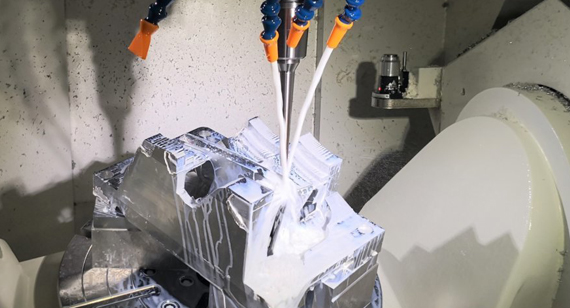
Applications of Aerospace CNC Machined Parts
Aerospace CNC machined parts play a pivotal role in shaping the modern landscape of aviation and space exploration. Their applications span across critical components, contributing to the functionality and performance of aircraft and spacecraft. Here's an overview of the diverse applications:
Aircraft Structural Components:
CNC machining is extensively employed in crafting structural elements crucial for the integrity and durability of aircraft. This includes fuselage components, wing structures, and intricate landing gear parts.
Engine Components:
Precision CNC machining is integral to the production of complex engine parts. From turbine blades to combustion chambers, CNC machining ensures the fabrication of components that withstand the extreme conditions within aircraft engines.
Avionics Systems:
Avionics, the electronic systems used in aircraft, rely on CNC machining for the production of precise components. This includes control panels, sensors, communication devices, and other electronic elements critical for navigation and communication.
Spacecraft Components:
CNC machining is indispensable in crafting components for spacecraft. This encompasses a wide range of parts, from satellite components to propulsion system elements, supporting exploration and communication beyond Earth's atmosphere.
Landing Gear Assemblies:
The intricate components of landing gear, essential for the safe landing and takeoff of aircraft, are manufactured with precision through CNC machining. This ensures reliability and durability in the challenging aerospace environment.
Aerostructures and Aerofoils:
CNC machining is employed in the fabrication of aerostructures, such as wings and empennage, as well as aerofoils like airfoils and propellers. These components are critical for the aerodynamic performance of aircraft.
Satellite Components:
CNC machining is instrumental in producing components for satellites, including structural elements, communication systems, and scientific instruments. The precision of CNC machining is vital for the successful functioning of satellites in orbit.
Propulsion System Parts:
Components essential for propulsion systems, including rocket engines in spacecraft, benefit from CNC machining. This includes the fabrication of nozzles, thrust chambers, and other intricate parts.
The applications of aerospace CNC machined parts underscore their significance in ensuring the structural integrity, functionality, and overall performance of both aircraft and spacecraft. The precision and reliability achieved through CNC machining contribute to the safety and success of aerospace endeavors.
Materials Used for Aerospace CNC Machined Parts
The aerospace industry demands materials that can withstand extreme conditions while providing the necessary strength, durability, and lightweight characteristics essential for aircraft and spacecraft. CNC machining in aerospace relies on a range of specialized materials. Here are key materials commonly used:
Titanium Alloys:
Renowned for its exceptional strength-to-weight ratio, titanium and its alloys are extensively utilized in aerospace CNC machining. These materials offer high corrosion resistance and are crucial for components in both aircraft and spacecraft.
Aluminum alloys are favored for their lightweight properties and versatility. CNC machining of aluminum is prevalent in aerospace applications, particularly in the production of components where weight is a critical factor.

Stainless steel is chosen for its corrosion resistance and durability. While slightly heavier than titanium and aluminum, stainless steel is valuable in aerospace components that require enhanced strength and resistance to environmental factors.
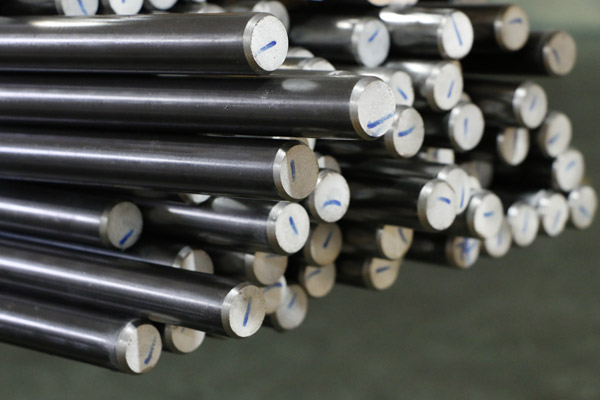
High-Performance Alloys (Inconel, Monel):
Specialized high-performance alloys like Inconel and Monel are employed in CNC machining for aerospace components subjected to extreme temperatures and corrosive environments. These alloys offer exceptional heat resistance and corrosion resistance.
Carbon Fiber Reinforced Polymers (CFRPs):
CFRPs are composite materials consisting of carbon fibers embedded in a polymer matrix. CNC machining is employed to shape components, providing a balance of strength and low weight. CFRPs find applications in aircraft structures.
Nickel-Based Alloys:
Nickel-based alloys, similar to Inconel, are utilized in aerospace CNC machining for their resistance to high temperatures and excellent mechanical properties. These alloys are often found in components exposed to elevated temperatures, such as in jet engines.
Certain copper alloys are used in specific aerospace applications where electrical conductivity is a critical factor. CNC machining is employed to shape copper components for avionics and electrical systems.
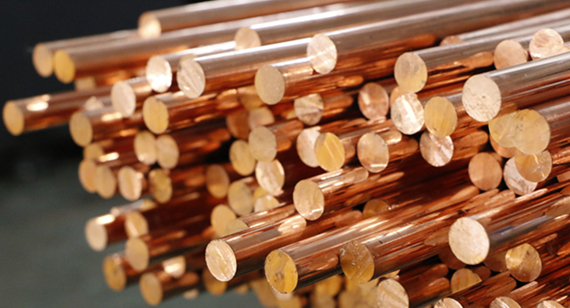
Some aerospace components, particularly in non-structural and non-critical applications, are crafted from high-performance plastics and polymers. CNC machining is utilized for precise shaping of these materials.
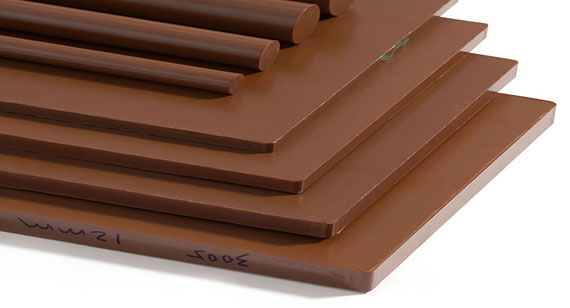
Selecting the right material for aerospace CNC machined parts depends on the specific requirements of the component, including its function, environmental exposure, and weight considerations. The combination of these materials with advanced CNC machining techniques ensures the production of components that meet the stringent demands of the aerospace industry.
Common Challenges in Manufacturing Aerospace CNC Machined Parts and Solutions
Aerospace CNC machining involves intricacies and precision, and encountering challenges is inevitable. Here are common issues faced in the manufacturing process of aerospace CNC machined parts along with effective solutions:
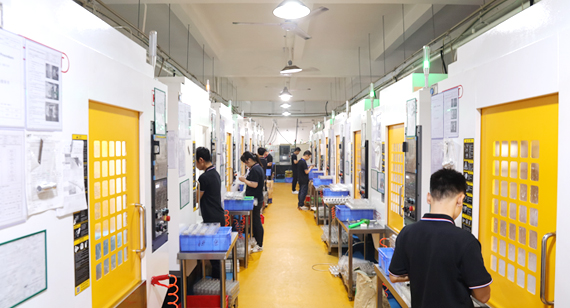
Tight Tolerances:
Challenge: Aerospace components often demand extremely tight tolerances, posing a challenge for precision machining.
Solution: Utilize advanced CNC machines with high precision capabilities. Regular maintenance and calibration are essential to sustain accuracy. Implement in-process inspections to ensure tolerances are consistently met.
Material Complexity:
Challenge: Working with a variety of specialized materials, each with unique machining characteristics.
Solution: Employ cutting tools and machining strategies tailored for each material type. Collaborate closely with material experts to optimize cutting parameters and tool selection based on material properties.
Complex Geometries:
Challenge: The need to machine intricate and complex part geometries.
Solution: Implement multi-axis CNC machining to approach parts from multiple angles. This enables the machining of complex contours and intricate features in a single setup, improving efficiency and accuracy.
Heat Generation:
Challenge: Excessive heat generated during machining, potentially affecting material properties.
Solution: Optimize cutting speeds to manage heat generation effectively. Incorporate high-performance tool coatings and use appropriate coolants to dissipate heat. Continuous monitoring of machining parameters helps prevent overheating.
Quality Assurance:
Challenge: Ensuring the highest quality standards for aerospace components.
Solution: Implement rigorous quality control processes. Conduct inspections at multiple stages of production, including in-process inspections and final quality checks. Utilize advanced metrology tools for precise measurements.
Tool Wear and Breakage:
Challenge: Tools may wear out or break due to the demanding nature of aerospace materials.
Solution: Implement a proactive tool maintenance schedule. Regularly inspect tools for signs of wear and replace them before reaching critical failure points. Use high-quality tool materials and coatings to enhance tool life.
Chip Control:
Challenge: Managing chips generated during machining, especially in materials prone to chip formation challenges.
Solution: Optimize cutting parameters to control chip formation. Implement effective chip evacuation systems to prevent chip buildup. Choose cutting tools designed for improved chip control.
Material Compatibility:
Challenge: Some materials may exhibit challenging machining behaviors, such as work hardening or thermal sensitivity.
Solution: Select cutting tools specifically designed for challenging materials. Adjust machining parameters to mitigate issues like work hardening. Collaborate with material experts to understand material behaviors and optimize machining strategies.
Navigating these challenges in aerospace CNC machining requires a holistic approach, combining advanced technology, expertise, and continuous process improvement. The integration of innovative solutions ensures the consistent production of high-quality aerospace components.
Whether you are an aerospace engineer or a worker in other industries, VMT CNC machining manufacturer can provide you with CNC machining services. Our business has covered 62 countries around the world. So upload your CNC machined part project files today and we can transform your project into reality.
Ready To Start Your Next Project?
Get Instant Quote

Request a Free Quote
Send us a message if you have any questions or request a quote. We will get back to you ASAP!
